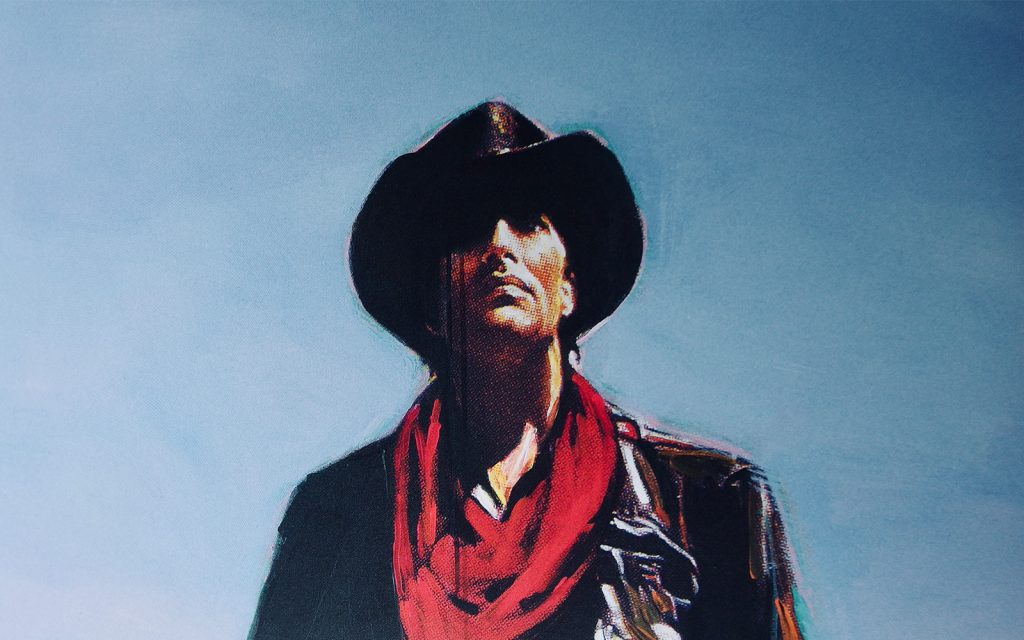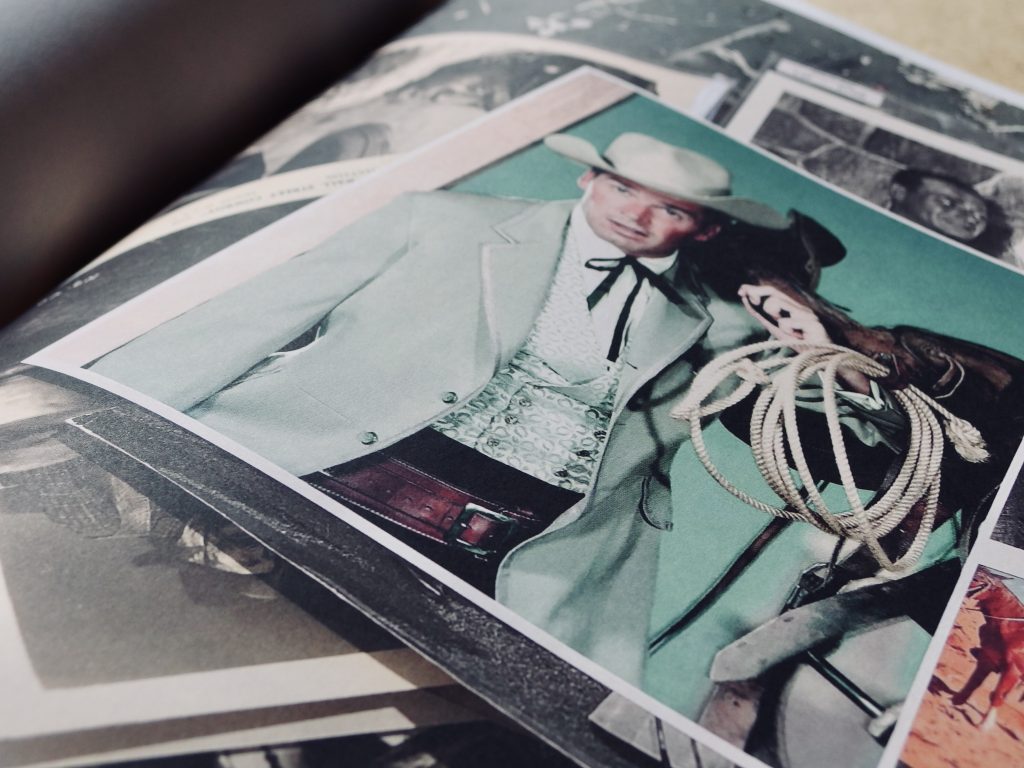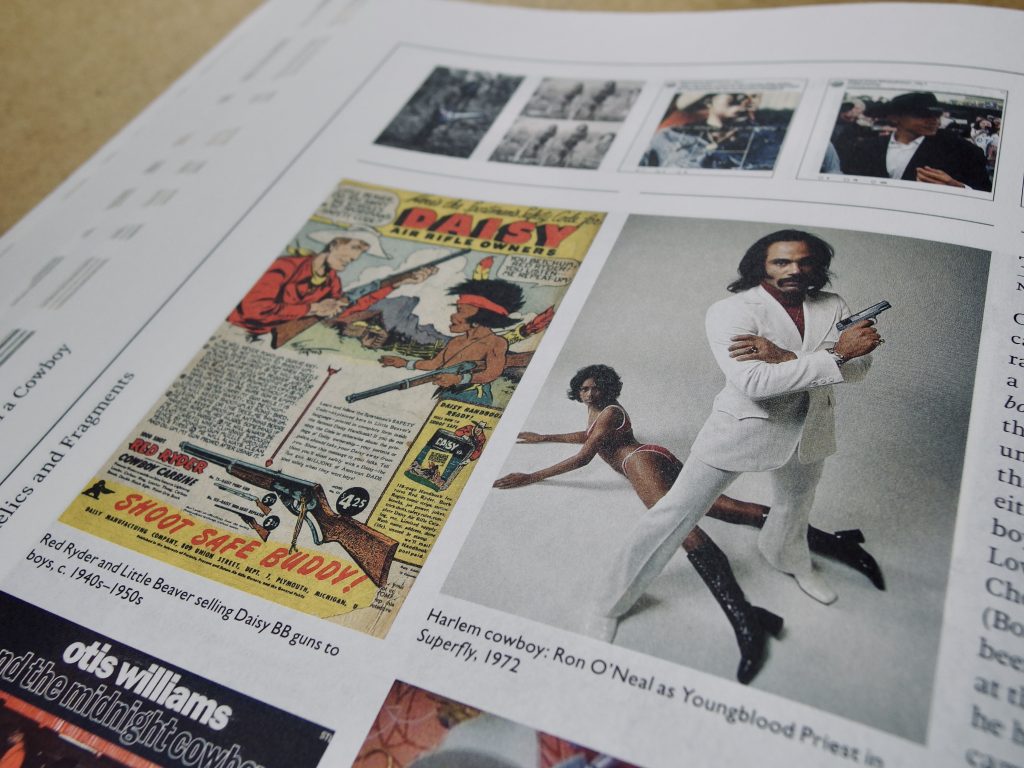Robert M Rubin’s Comprehensive Monograph, “Richard Prince: Cowboy”
Featuring photography, painted works, ephemera and erotica, a survey of the artist’s interest in the American West

Across 480 pages, Robert M Rubin’s sprawling survey, Richard Prince: Cowboy, centers on the photographer’s exploration of the American cowboy archetype as it is characterized in film and advertising. Prince began his career in the latter, at Time Inc, where he was tasked with clipping text and imagery from magazines. This process of cutting and pasting informed his most immediate artistic endeavors after departing the industry: lifting advertising images and repurposing them as collage art.

Prince assembled cut-out motifs and images and then photographed them, leaving crinkled tape, misaligned scissor cuts and more in the final frame—and plenty of copyright and trademark owners conflicted. He then narrowed his focus to the West and more specifically the cowboy, championing this figure as something both inherently American and yet adoptable by other countries.

In Cowboy, Prince’s influences sit across the page from his works. Printed advertisements by Marlboro are juxtaposed with screenshots from Prince’s iPhone camera roll—a decision meant to further blur the bounds of photographic work. Though mostly analog, Prince’s work in Cowboy references the projects made possible by Photoshop: texts, written by Prince or derived from his most famous quotes, occupy the space below images or entire pages on their own. Elsewhere, proof of cowboy culture’s influence on the mainstream abounds—denim shorts-clad models atop horses, bikers wearing leather tassels, and plenty of public figures donning wide-brimmed hats.

“In the 40 years since he set aside overt markmaking on blank surfaces and started repositioning stuff already at large in the cultural superstructure, Richard Prince has consistently mined the motherlode of the American imagination: the West. This book is about him lighting out for those territories… Four decades of cowboys, including Marlboro cowboys, drugstore cowboys, rodeo cowboys, urban cowboys, Hollywood cowboys, singing cowboys, lonesome cowboys,” Rubin writes in the book’s introduction, “Way Out West: On the Frontiers of Appropriation with Richard Prince.”

Prince traces the archetype back, attributing much of it to Native American culture and also folklore. His later cultural references include images of models dressed in boots or hats from Instagram and as well as actors—like Ron O’Neal, who was dubbed “Harlem cowboy” during a press tour for 1972’s Superfly. Further, from the rugged, tobacco-chewing, violent iteration to the eroticized, chiseled figure dressed in chaps, Prince points out many versions of the cowboy.

An insightful index and a precise summary of the artist’s western phase, Richard Prince: Cowboy also provides insight into his process and mindset. “The cowboy is both a cultural trope to be curatorially lasso’d and a lens through which we can examine the work of a single artist without having to embalm it with the R-word,” Rubin explains. “This ain’t no retrospective, it’s a rodeo.”
Images by Evan Malachosky












